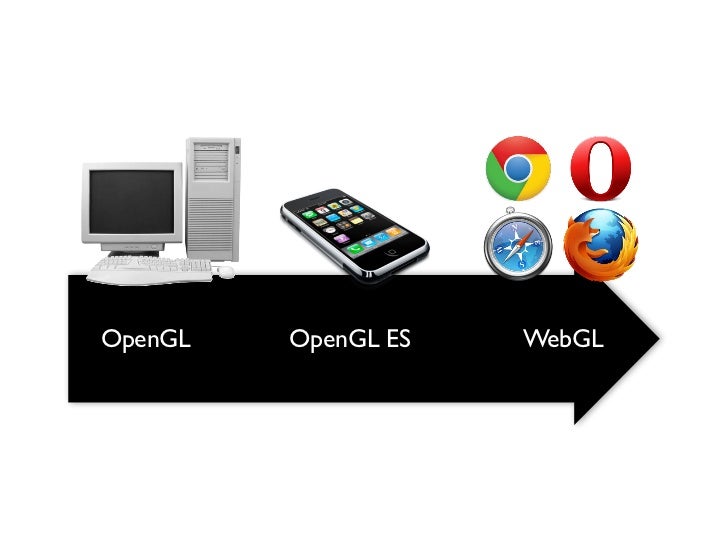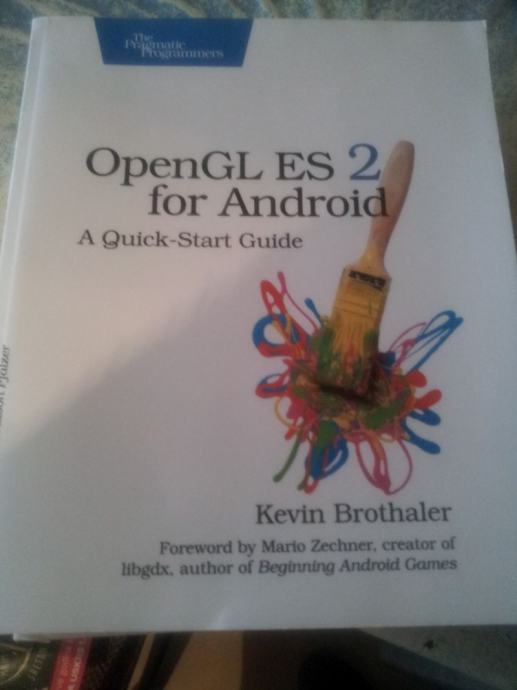

and when you have more time no problem to make a quick view on the old versions for more understanding how the things were and get developed and why. so I advise you to start learning or using OpenGL ES 3.0+ (in case its your target API) because now and the next generation will not use the old versions especially with more powerful hardware and graphics cards we have today and if your target is OpenGL start with v3.3+ or 4.0+.

the last version of OpenGL ES is 3.2 it can now provide support for Tessellation for additional geometry details and new geometry shaders. OpenGL ES has less terms and functions than OpenGL, think of it as you are taking just what you need for that system, because if we dont need a function in whole our work or the hardware can't deal with it, then no mean to add that function but this also makes the use of this API more hard because of the need to write more Shaders and complicated codes to make something simple because OpenGL ES does not provide Shaders in the graphics pipeline as OpenGL. so its a subset of OpenGL and widely used in cell phones and some VR systems, it's designed for less sophisticated hardware. It consists of a well-defined subset of desktop OpenGL suitable for low-power devices, and provides a flexible and powerful interface between software and graphics acceleration hardware. OpenGL ES is simply the OpenGL API for embedded systems (OpenGL ES refers to OpenGL Embedded Systems). OpenGL ES is a royalty-free, cross-platform API for rendering advanced 2D and 3D graphics on embedded and mobile systems - including consoles, phones, appliances and vehicles.


 0 kommentar(er)
0 kommentar(er)
